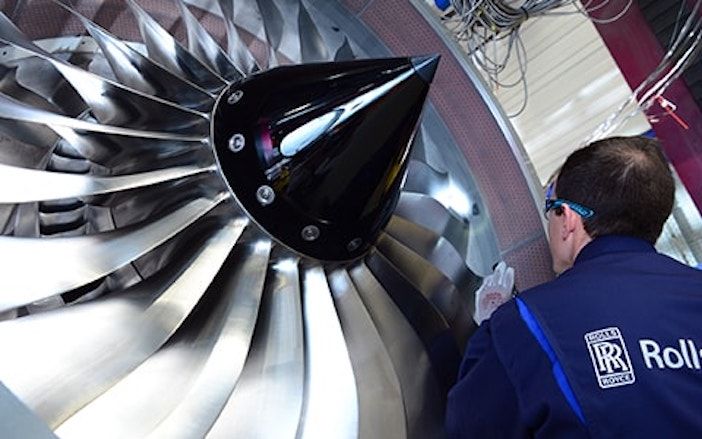Rolls-Royce has received EASA certification for its Pearl 700 engine which is used on Gulfstream’s G700 and G800 business jets.
The engine, which was developed at Rolls-Royce’s site in Dahlewitz, Germany, has been custom designed to power the Gulfstream aircraft and enable them to fly ultra-long-range missions nearly as fast as the speed of sound at Mach 0.925.
The engine’s test program has included tests with both conventional jet fuel and 100% Sustainable Aviation Fuel (SAF) as well as the usual bird-strike, ice, hail, water ingestion, and blade containment tests.
Testing was conducted at various Rolls-Royce locations in Europe and North America, including Dahlewitz, Bristol in the UK, Manitoba and Montreal in Canada, the Rolls-Royce outdoor jet engine testing facility at NASA’s John C Stennis Space Centre in Mississippi, USA, and the altitude test bed at AEDC (Arnold Engineering Development Center) in Tullahoma, Tennessee, USA.
Dirk Geisinger, director of business aviation at Rolls-Royce said, “Receiving the EASA certification for our Pearl 700 engine makes us very proud, as it illustrates Rolls-Royce’s capabilities to design, test, build and certify pioneering aircraft engines.
“It also reflects the dedication of our global team to support Gulfstream and the entry into service of the G700 and G800. We have worked closely with EASA and Gulfstream to achieve this certification and I would like to thank them both for their support.”
The Pearl 700 combines Rolls-Royce’s Advance2 engine core with a new low-pressure system, resulting in an 8% increase in take-off thrust at 18,250lbf compared to the BR725 engine. According to Rolls-Royce, the engine offers a 5% higher efficiency while having low noise and emissions.





